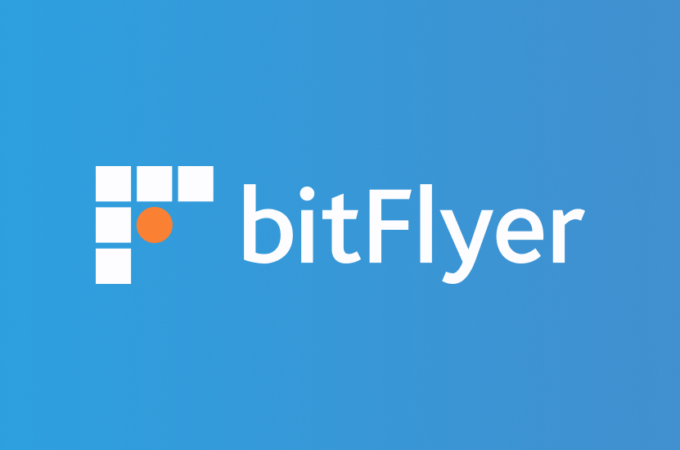
Here’s what Southeast Asia can learn from India’s tryst with cashlessness
By Adhil Shetty for e27
When we talk about the future of money, we invariably come to discuss the merits and demerits of going cashless. It’s perhaps a science-fiction-like scenario wherein all your transacting needs are taken care of by a few taps on your smartphone.
Is going cashless truly possible? What would its implications be for the economically weak sectors of society who do not have connectivity, smartphones, or even bank accounts?
The South East Asian landmass has over 600 million people on it. As per a KPMG report in 2016, only about 27 per cent of these people have bank accounts. That gives us nearly 440 million – nearly half a billion – people who don’t have a bank account. That’s around the same as India’s unbanked.
Digital payments invariably need a linked bank account or credit card account. Without one, it would be difficult to power an e-wallet or carry out a cashless transaction. Essentially, going cashless means bringing more people into the formal banking system.
The question to ask then is this: What are the challenges in bringing more people to the banking system? We found some answers to this question in India which in November banned 86 per cent of its currency – a move that has been variously described as brilliant or cruel, depending on which side you’re talking to.
On November 8, India’s Prime Minister Narendra Modi demonetised the country’s two biggest bank notes of Rs. 500 and Rs. 1000 (approximately US$ 7.38 and US$ 14.75 respectively). These two notes alone accounted for 86 per cent of India’s currency in circulation. Modi’s reason for the drastic step was to attack the parallel economy that generates “black money” – wealth kept off the books to escape taxes.
Legal tender has been in desperately short supply since the note ban, even with banks and ATMs. With most cash taken out of circulation, people have had little option but to flood all available digital transaction platforms in order to meet their daily requirements.
Going cashless, paying through plastic money, operating e-wallets, and writing cheques and pay orders has been easier for those who enjoy internet connectivity, have smartphones, and have bank branches in their area. But for everyone without these facilities, the currency ban has brought difficulties. Indeed, these would also be the difficulties faced by the half a billion unbanked people in South East Asia as they try and open bank accounts or operate digital wallets.
India’s population stands at 1.23 billion. There are at least 500 million Indians who don’t practice any form of regulated banking. The challenge is in trying to bring them on board in order to alleviate the suffering. One of the great enablers of financial inclusion in India is the mobile phone.
In India, 1 billion people have cellphones or at least one form of government identification. Of all government IDs available, the Aadhaar card is now available, and 1.09 billion Indians who can now avail the card-linked financial benefits such as subsidised gas connections.
Additionally, internet penetration is on the rise in India. Around 30 per cent of Indians now enjoy an internet connection. In absolute numbers, India’s internet-using population now exceeds 350 million. This number has been doubling practically every two to three years, but more conservative growth estimates suggest India will have around 700 million internet users by 2021.
Broadly speaking, for increasing financial inclusion and increasing the use of digital payments, India needs the following in a hurry:
- More smartphones,
- Better internet coverage,
- Reduction of barriers to banking, and
- Funding digital awareness.
With respect to the third point, one of the key steps taken by India’s central bank, the Reserve Bank of India, to make account openings easy is the enabling of one time password (OTP)-based authentication of new accounts. Banks can now acquire new customers who can open limited functionality deposit and loan accounts by authenticating themselves through an OTP.
This is easier than having to provide proofs of ID and residence – mandatory requirements for account openings. Hundreds of millions can now simply use their cellphone numbers to open accounts, which would allow them to transact cashlessly.
With an increase in internet penetration and availability of smartphones, the Indian government would do well to spend more money on increasing digital awareness. Finally, subsidies to smartphone makers and internet providers would also help get more people into using cheap, internet-connected phones in order to transact digitally.
First appeared at e27





